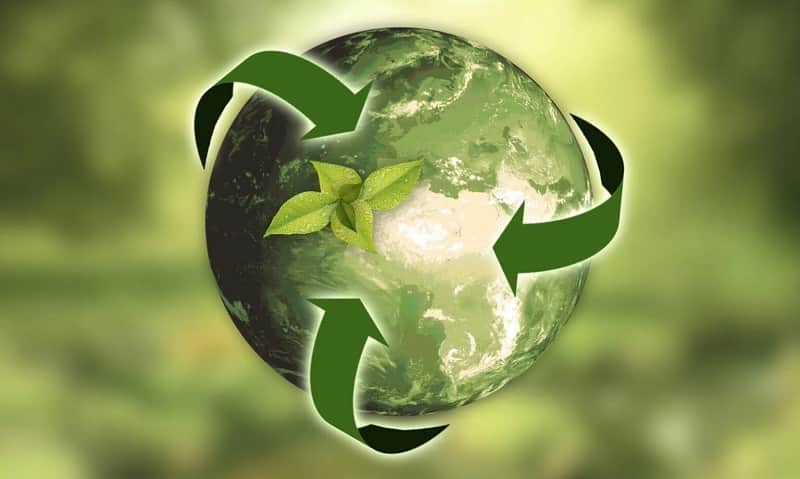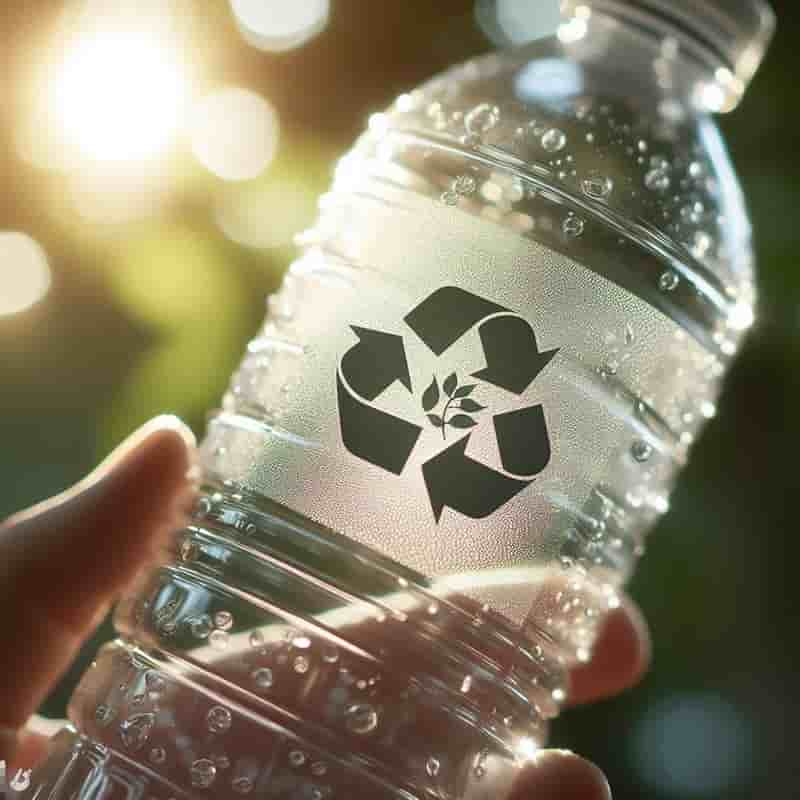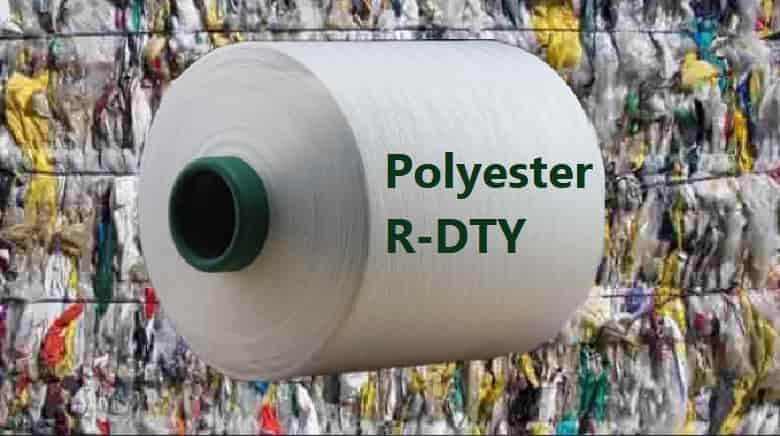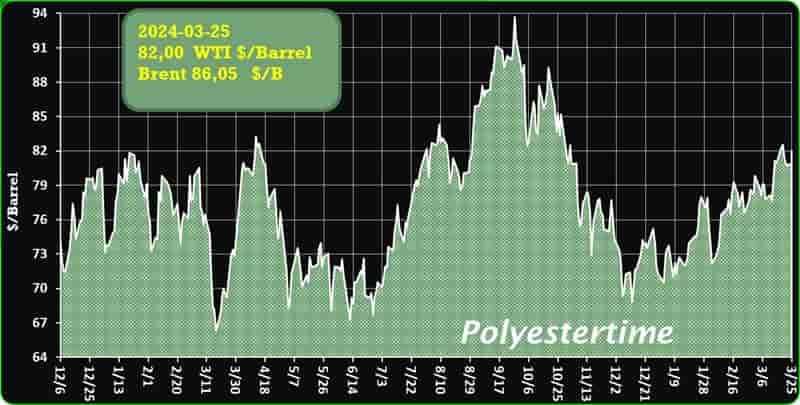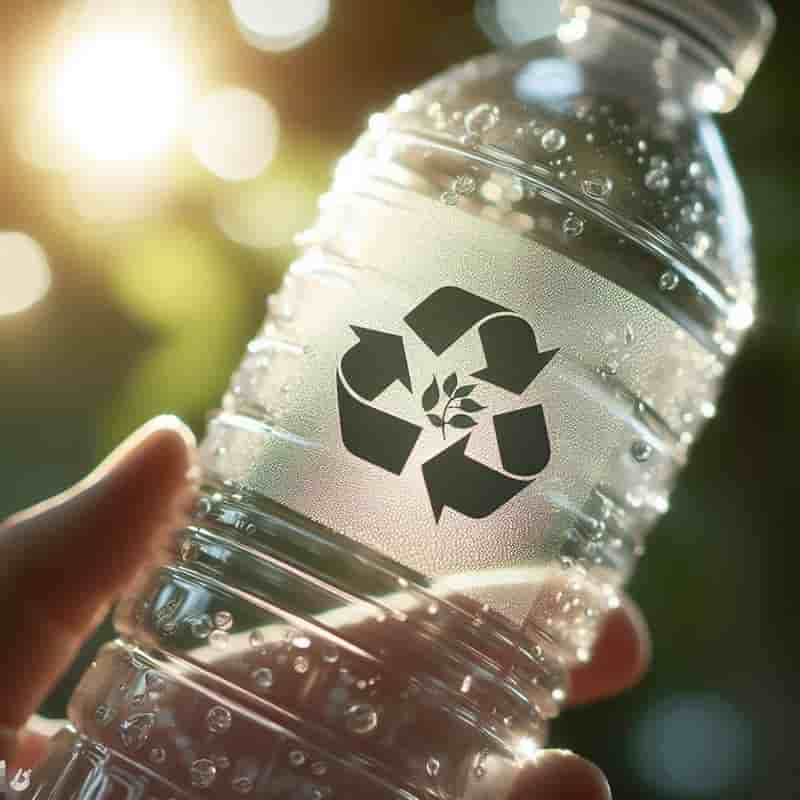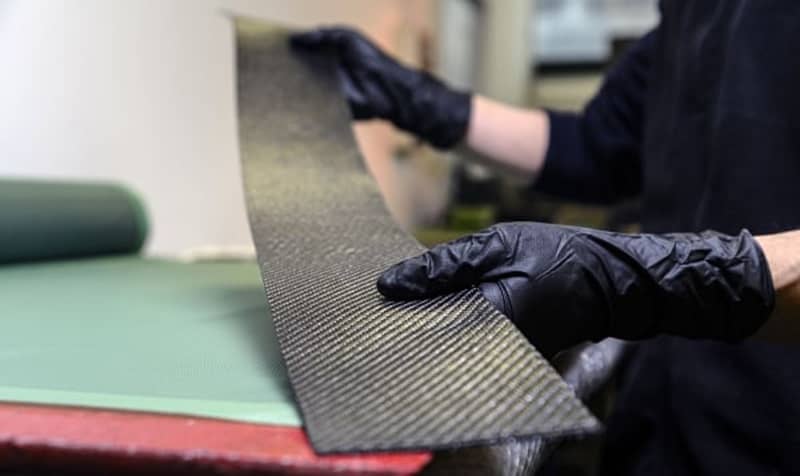Nylon price trend – Eastman proudly announces the successful initiation of on-spec production and revenue generation at its new molecular recycling facility in Kingsport, Tennessee 25-03-2024
- PET Botlle Resin – Plastics continue to experience a decline in Germany 18-03-2024
- New enzyme technology for environmentally friendly plastic recycling
Nylon price trend
Eastman proudly announces the successful initiation of on-spec production and revenue generation at its new molecular recycling facility in Kingsport, Tennessee
This achievement marks a significant step towards Eastman’s goal of expanding production capacity in the months ahead, fostering growth across diverse markets. Anticipating a substantial impact, the company foresees approximately $75 million in additional EBITDA for 2024 from this facility, reinforcing its commitment to a circular economy.
Mark Costa, Board Chair and CEO, expressed gratitude towards Eastman’s team for their tireless efforts in bringing the facility online, solidifying Eastman’s leadership in circular economy initiatives. Demand for recycled material of premium quality from the new facility remains robust, signaling a promising trajectory for Eastman. Nylon price trend
Eastman’s innovative polyester renewal technology addresses the challenge of recycling difficult-to-process plastics, diverting them from landfills or incineration. By breaking down waste into molecular components and reconstructing them into virgin-quality materials, Eastman ensures high performance without environmental compromise. This approach facilitates the continual reuse of materials, contributing to a sustainable, high-yield loop with lower greenhouse gas emissions compared to conventional methods.
With the completion of the Kingsport facility and plans for two additional recycling plants in France and the U.S., Eastman continues to lead the charge towards a greener, more sustainable future. Nylon price trend
